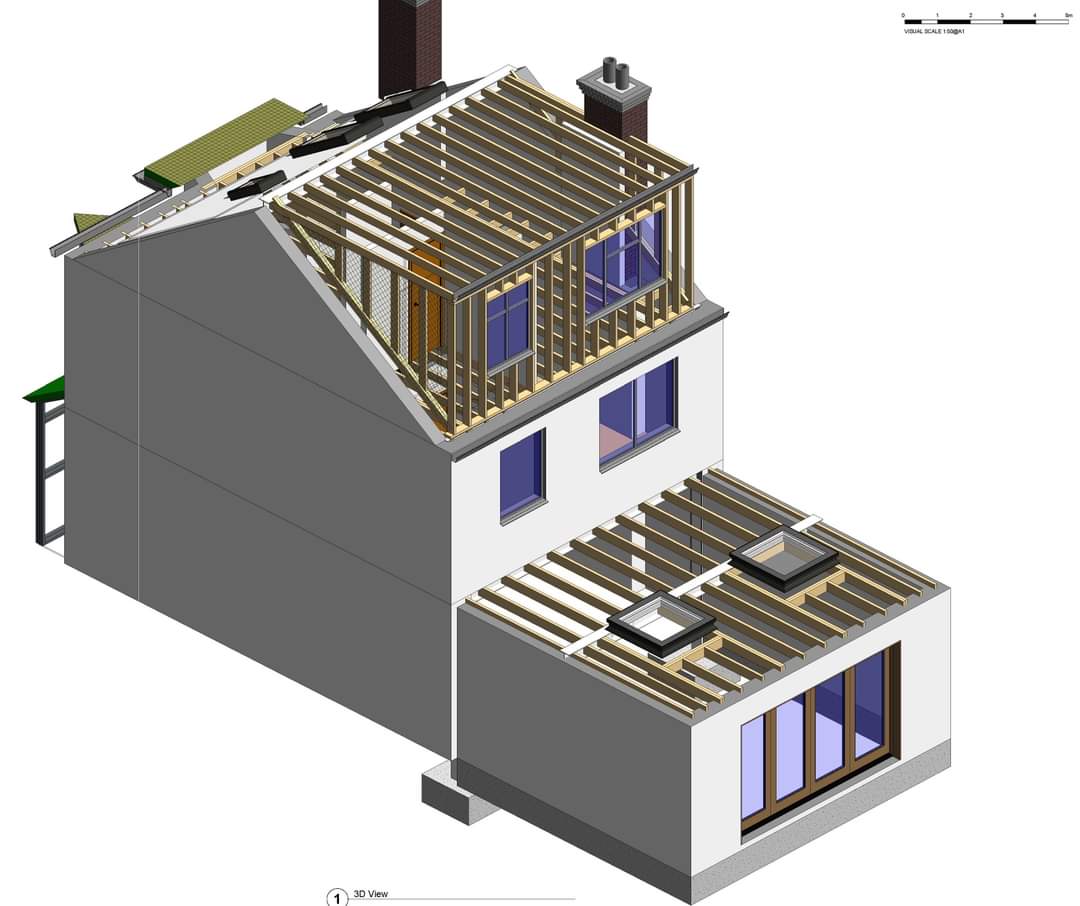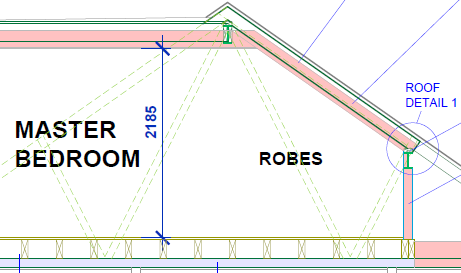STEEL BEAM CALCULATIONS FOR BUILDING CONTROL
Call 0208 058 0078 or 07922 148 701
STRUCTURAL design & CONSTRUCTION SUPPORT
Full BEAM Calcs £60 incl – No upfront Fees* Professional Indemnity Insurance up to £5m
or QUOTE form below with document upload
Signup for our Newsletter
Full BEAM Calcs £60 incl – No upfront Fees* Professional Indemnity Insurance up to £5m
or QUOTE form below with document upload
Steel Beam Calculations, Calculations for Building Control, Croydon Council Planning Permission Architectural extension drawings
architectural planning companies
architectural drawings
architectural planning companies
planning portal
architects near me
architecture
planning authority
architects near me
planning authority
architects near me
structural engineer, loft conversion, steel beam, steel beam design, structural calculations, structural calculations for building control, simple beam calculation, calculations for steel beams, extension steel beam, steel engineer, structural engineer London, beam calcs, flitch beam calculations, beam calculator, steel design, glulam beam design, single steel beam, structural engineer near me residential, open plan steel beams, goal post steel beam, concrete calculations, structural calculations, building engineer, steel fabrication drawings, steel beam calcs, steel beam calculations, structural beam calculations, structural engineer calculations, online structural calculations, house structural engineer, structural engineering calculations, steel beam connection design, timber beam calculations, i beam structure, flitch beam design, box frame design, box frame calculations, the structural engineer, residential structural engineer near me, timber beam calculations, construction engineer near me, steel beam connection calculations, beam and plate, UB Beam, UC Column, steel connections calculations, load bearing wall, steel beam calculator, i beam calculations, beam design calculations, joist calculations, loft steel beam, i beam sizes, steel calculation for beam, steel i beam calculations, steel calculations, structural steel design, flitch beam, beam steel structure, reinforced concrete design, structural beam, steel beam connections, structural calcs online, structural engineer, steel beam calculations for building control, structural engineer calcs, calculations building control, beam calculation, building control, structural steel beams, structural consultants, roof calculations, steel structure building, home structural engineer, structural steel calculations, a structural engineer, building structural engineer, structural engineer near me, rsj beam, steel beam calculation, structural engineer cost, steel beam calculations, load bearing beam calculator, concrete foundation design, rsj padstone, padstone calculations, beam supports, timber calculations, purlin beam, floor joist calculation, steel beam calculations for building control, rafter calculations, raft foundation calculations
architectural drawings
architectural drawings
Croydon home extensions plans
do i need planning permission
Croydon Planning Permission drawings
planning portal
Croydon extension Planning application
do i need planning permission
Croydon loft conversion drawings
architecture
architects near me

Croydon basement conversion plans
planning authorities
architects near me
architectural planning companies
planning portal
Croydon garage conversion drawings
do I need planning permission
architectural planning companies
architectural drawings
architectural planning companies
planning online
Steel Beam Calcs
Croydon planning applications
planning applications
architects Croydon

recommended architects in Croydon
extension architect Croydon
architectural planning companies
Croydon Planning Permission Architectural extension drawing plans
Building Control Calculations
Croydon Planning Permission Architectural extension drawing plans
Croydon planning policy
Croydon planning application payment
planning portal
structural engineer, loft conversion, steel beam, steel beam design, structural calculations, structural calculations for building control, simple beam calculation, calculations for steel beams, extension steel beam, steel engineer, structural engineer London, beam calcs, flitch beam calculations, beam calculator, steel design, glulam beam design, single steel beam, structural engineer near me residential, open plan steel beams, goal post steel beam, concrete calculations, structural calculations, building engineer, steel fabrication drawings, steel beam calcs, steel beam calculator, structural beam calculations, structural engineer calculations, online structural calculations, house structural engineer, structural engineering calculations, steel beam connection design, timber beam calculations, i beam structure, flitch beam design, box frame design, box frame calculations, the structural engineer, residential structural engineer near me, timber beam calculations, construction engineer near me, steel beam connection calculations, beam and plate, UB Beam, UC Column, steel connections calculations, load bearing wall, steel beam calculator, i beam calculations, beam design calculations, joist calculations, loft steel beam, i beam sizes, steel calculation for beam, steel i beam calculations, steel calculations, structural steel design, flitch beam, beam steel structure, reinforced concrete design, structural beam, steel beam connections, structural calcs online, structural engineer, steel beam calculations for building control, structural engineer calcs, calculations building control, beam calculation, building control, structural steel beams, structural consultants, roof calculations, steel structure building, home structural engineer, structural steel calculations, a structural engineer, building structural engineer, structural engineer near me, rsj beam, steel beam calculation, structural engineer cost, steel beam calculations, load bearing beam calculator, concrete foundation design, rsj padstone, padstone calculations, beam supports, timber calculations, purlin beam, floor joist calculation, steel beam calculations for building control, rafter calculations, raft foundation calculations
planning portal
planning online
planning applications
structural engineer, loft conversion, steel beam, steel beam design, structural calculations, structural calculations for building control, simple beam calculation, calculations for steel beams, extension steel beam, steel engineer, structural engineer London, beam calcs, flitch beam calculations, beam calculator, steel design, glulam beam design, single steel beam, structural engineer near me residential, open plan steel beams, goal post steel beam, concrete calculations, structural calculations, building engineer, steel fabrication drawings, steel beam calcs, steel beam calculator, structural beam calculations, structural engineer calculations, online structural calculations, house structural engineer, structural engineering calculations, steel beam connection design, timber beam calculations, i beam structure, flitch beam design, box frame design, box frame calculations, the structural engineer, residential structural engineer near me, timber beam calculations, construction engineer near me, steel beam connection calculations, beam and plate, UB Beam, UC Column, steel connections calculations, load bearing wall, steel beam calculator, i beam calculations, beam design calculations, joist calculations, loft steel beam, i beam sizes, steel calculation for beam, steel i beam calculations, steel calculations, structural steel design, flitch beam, beam steel structure, reinforced concrete design, structural beam, steel beam connections, structural calcs online, structural engineer, steel beam calculations for building control, structural engineer calcs, calculations building control, beam calculation, building control, structural steel beams, structural consultants, roof calculations, steel structure building, home structural engineer, structural steel calculations, a structural engineer, building structural engineer, structural engineer near me, rsj beam, steel beam calculation, structural engineer cost, steel beam calculations, load bearing beam calculator, concrete foundation design, rsj padstone, padstone calculations, beam supports, timber calculations, purlin beam, floor joist calculation, steel beam calculations for building control, rafter calculations, raft foundation calculations
structural engineer, loft conversion, steel beam, steel beam design, structural calculations, structural calculations for building control, simple beam calculation, calculations for steel beams, extension steel beam, steel engineer, structural engineer London, beam calcs, flitch beam calculations, beam calculator, steel design, glulam beam design, single steel beam, structural engineer near me residential, open plan steel beams, goal post steel beam, concrete calculations, structural calculations, building engineer, steel fabrication drawings, steel beam calcs, steel beam calculator, structural beam calculations, structural engineer calculations, online structural calculations, house structural engineer, structural engineering calculations, steel beam connection design, timber beam calculations, i beam structure, flitch beam design, box frame design, box frame calculations, the structural engineer, residential structural engineer near me, timber beam calculations, construction engineer near me, steel beam connection calculations, beam and plate, UB Beam, UC Column, steel connections calculations, load bearing wall, steel beam calculator, i beam calculations, beam design calculations, joist calculations, loft steel beam, i beam sizes, steel calculation for beam, steel i beam calculations, steel calculations, structural steel design, flitch beam, beam steel structure, reinforced concrete design, structural beam, steel beam connections, structural calcs online, structural engineer, steel beam calculations for building control, structural engineer calcs, calculations building control, beam calculation, building control, structural steel beams, structural consultants, roof calculations, steel structure building, home structural engineer, structural steel calculations, a structural engineer, building structural engineer, structural engineer near me, rsj beam, steel beam calculation, structural engineer cost, steel beam calculations, load bearing beam calculator, concrete foundation design, rsj padstone, padstone calculations, beam supports, timber calculations, purlin beam, floor joist calculation, steel beam calculations for building control, rafter calculations, raft foundation calculations

Full steel beam calculations for Building Control to British Standards. From £60.00. Free padstone calcs included. We also design steel connections and columns. Fully Insured.
MORE DETAILSWhere a new steel beam requires additonal support from steel columns. Full drawings with calculations, connections and fabrication drawings. Loft conversions. Fully Insured
MORE DETAILSWe offer a complete service. Steel beams including plates, box frames, goal posts, gabled frames, foundations, reinforced concrete, timber calculations, and flitch beams. Fully Insured.
MORE DETAILSWe specialise in designing complete BOX FRAME’s where additional loading requirements are needed. Full drawings with calculations, connections and fabrication drawings. Fully Insured.
MORE DETAILS
Please upload your plans or photo's for advice or a quote.
1.
Structural Engineering Calculations for BS & EURO Building Regulation:
– Steel Beam Design (RSJs)
– Flitch Beam Design
– Glulam Beam Design
– Column Design
– Timber Design
– Loft Conversion beam Designs
– Concrete Rebar Design
– Pad Footing Design
– Raft Foundation Design
– Concrete Strip Foundation
– Brickwork Design
– Chimney Breast Removal
– Box Frame or Goal Post
Designed to British Standards.
2.
One beam & padstones design calculations only £60 incl
Discounts for multiple beam/element designs?
Yes, call or email us 07922 148 701 support@onlinebeam.co.uk
Typical Turnaround? 1-3 business days, 7 days larger projects.
*Please note: we do not have a minimum fee. We charge £60 per beam/element. So 1 beam £60 incl. Discounts for more elements/beams/connections.
3.
NO UPFRONT FEES!!!
on jobs up to £500
Pay after receiving of calculations.
How to order?
Just call 07922 148 701 or 0208 058 0078 email support@onlinebeam.co.uk or click on CHAT, for ordering structural engineer beam calculations.
Send us your photos/drawings/sketches via email, CHAT, or WhatsApp.

Our London-based, multidisciplinary team of Structural Engineers consist of highly talented creatives and technicians alike. We thrive on a challenge and never fail to deliver excellence.


OUR FEATURES
We review, consult, and design your proposed property or development using the latest hardware and all the leading software to deliver professional & accurate systematic drawings & calculations for Building Control. We can deliver 3D visualisations, full floor plans and elevations with all structural elements with full specifications as required by the customer.
STEEL BEAM CALCSConcrete foundations, Rafts, REBAR, reinforced concrete and pad foundations.
Steel beams designed with full frames and connections. Box frames goal posts.
We calculate all wood & timber structures; joists, roofs, beams, columns, purlins, flitch beams, & stud walls.








